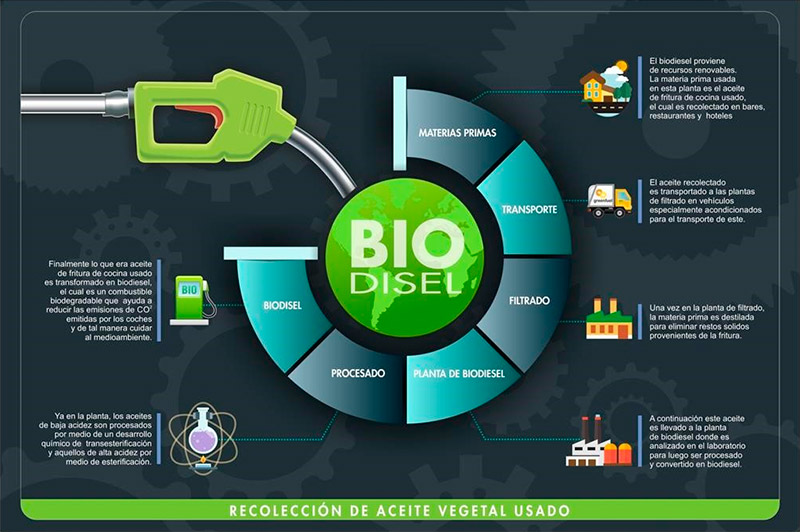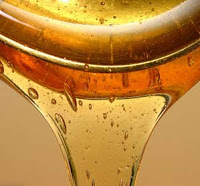Everything starts with the raw materials used, which are among other residues of vegetable oils or used cooking oils. From these waste materials, we apply the technology to manufacture a high quality final product.
BIODIESEL

BIODIESEL is a product that obtains its basic raw material of vegetable oils, animal fats, waste oils, vegetable oil residues, fatty acids and oleins whose main component are triglycerides.
It is a source of energy accessible to all countries, environmentally-friendly and can be used pure as a substitute for mineral diesel or mixed in any proportion provided it complies with the European quality standard 14214: fatty acids methyl esters (FAME )..
Chemically, these are esters of fatty acids with glycerin. To obtain biodiesel, oils and fats are treated through industrial processes of esterification and transesterification and applied in the preparation of total or partial substitutes of oil obtained from petroleum. Biodiesel can be mixed with diesel oil from the refining of petroleum in different quantities. Abbreviated notations are used according to the percentage by volume of biodiesel in the mixture: B100 in case of using only biodiesel, or other notations such as B5, B15, B30 or B50, where the numbering indicates the percentage by volume of biodiesel in the mixture.
GLYCERIN
 Technical Glycerin is a byproduct that occurs in the process of production of biodiesel and used in many industrial processes. Glycerin is a brown viscous liquid (melting point = 18 ° C) with a percentage of glycerol greater than 70%. It is obtained after cleaning, distilling and neutralizing the original crude glycerin, in order to eliminate the residues of free acids, soaps and reduce methanol. This final product is not applicable in food, animal or human use.
Technical Glycerin is a byproduct that occurs in the process of production of biodiesel and used in many industrial processes. Glycerin is a brown viscous liquid (melting point = 18 ° C) with a percentage of glycerol greater than 70%. It is obtained after cleaning, distilling and neutralizing the original crude glycerin, in order to eliminate the residues of free acids, soaps and reduce methanol. This final product is not applicable in food, animal or human use.




